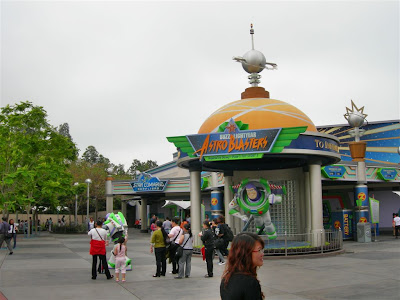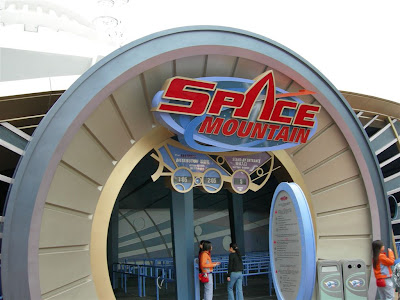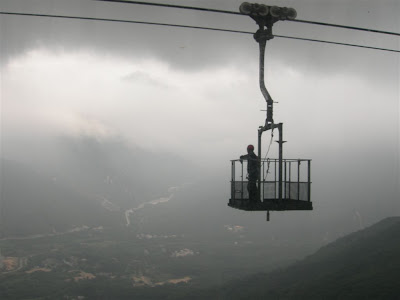
In the beginning, Danny asked a question “Is data a resource?” Answer is “Absolutely YES!” It is different from other resources because data is sharable.
Then he explained the “IT Value” could increase from different stages:
i) Do nothing (asset cost)
ii) Task productivity
iii) Communication / Coordination
iv) Process Improvement
v) New business
“Task productivity” and “Communication / Coordination” become “Commodity”. Only “Process Improvement” and “New business” would be “Value driver”.

He pointed out five important questions (which came from Peter Drucke, 2008) for our rethinking:
i) What is our MISSION?
ii) Who is our CUSTOMER?
iii) What does the customer VALUE?
iv) What are our RESULTS?
v) What is our PLAN?
Hong Kong’s 2008 Digital 21 Strategy was shown and then the speaker added one more strategy related to “Nurturing an environment conducive to ethical use of IT”.
IT strategy aims to enhance competitive advantage through the following:
i) Operational excellence
ii) Customer intimacy
iii) Product / Service
iv) New Market

After that a video on Process Re-engineering by Michael Hamoner was shown and 4 key customer expectations were identified. They are:
i) FAST
ii) ACCURATE
iii) CHEAP
iv) EASY
The ratio of Value Time / Elapsed Time was introduced. Typically, it is only 3% to 5%.
i) Do nothing (asset cost)
ii) Task productivity
iii) Communication / Coordination
iv) Process Improvement
v) New business
“Task productivity” and “Communication / Coordination” become “Commodity”. Only “Process Improvement” and “New business” would be “Value driver”.

He pointed out five important questions (which came from Peter Drucke, 2008) for our rethinking:
i) What is our MISSION?
ii) Who is our CUSTOMER?
iii) What does the customer VALUE?
iv) What are our RESULTS?
v) What is our PLAN?
Hong Kong’s 2008 Digital 21 Strategy was shown and then the speaker added one more strategy related to “Nurturing an environment conducive to ethical use of IT”.
IT strategy aims to enhance competitive advantage through the following:
i) Operational excellence
ii) Customer intimacy
iii) Product / Service
iv) New Market

After that a video on Process Re-engineering by Michael Hamoner was shown and 4 key customer expectations were identified. They are:
i) FAST
ii) ACCURATE
iii) CHEAP
iv) EASY
The ratio of Value Time / Elapsed Time was introduced. Typically, it is only 3% to 5%.















































